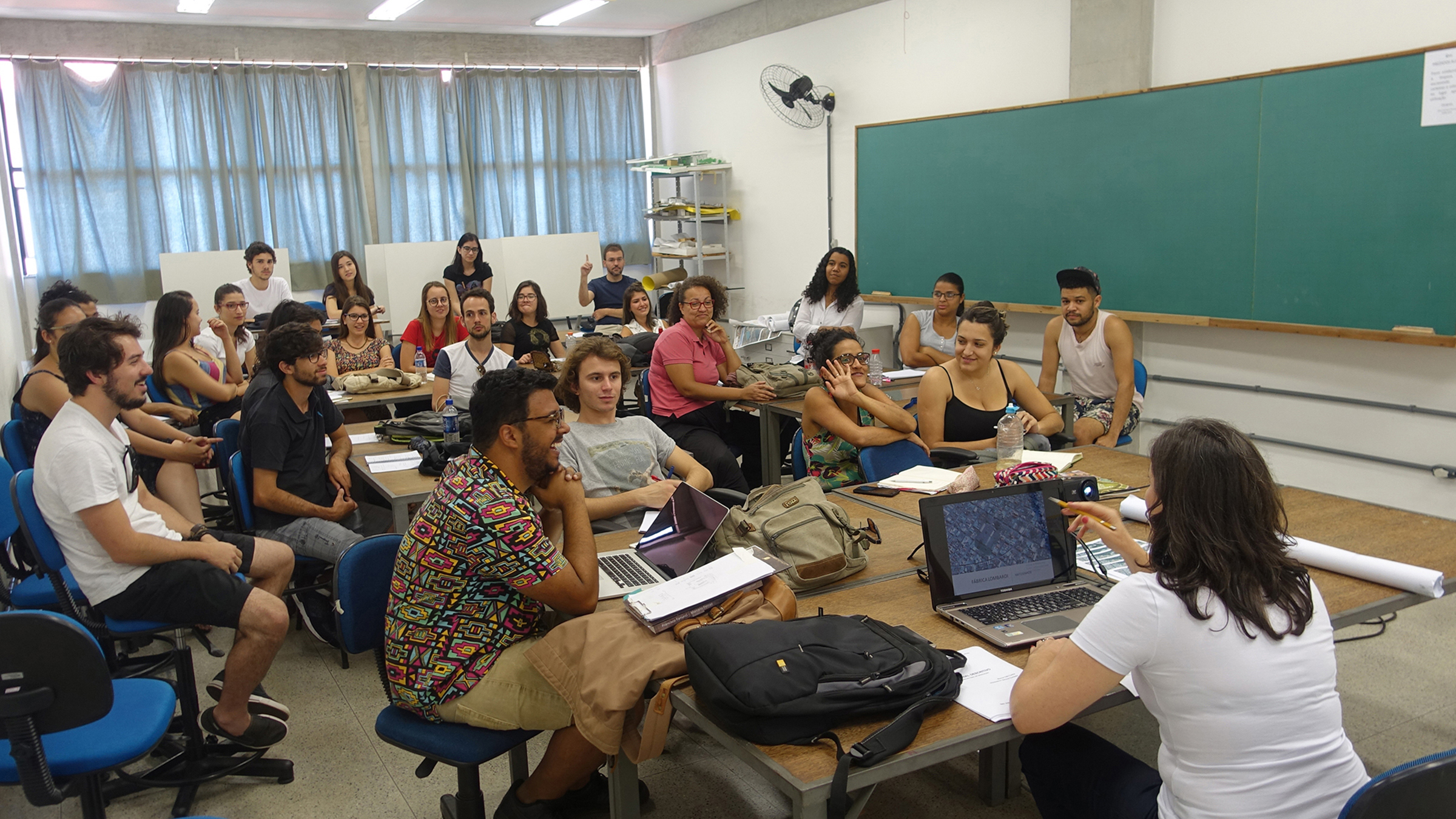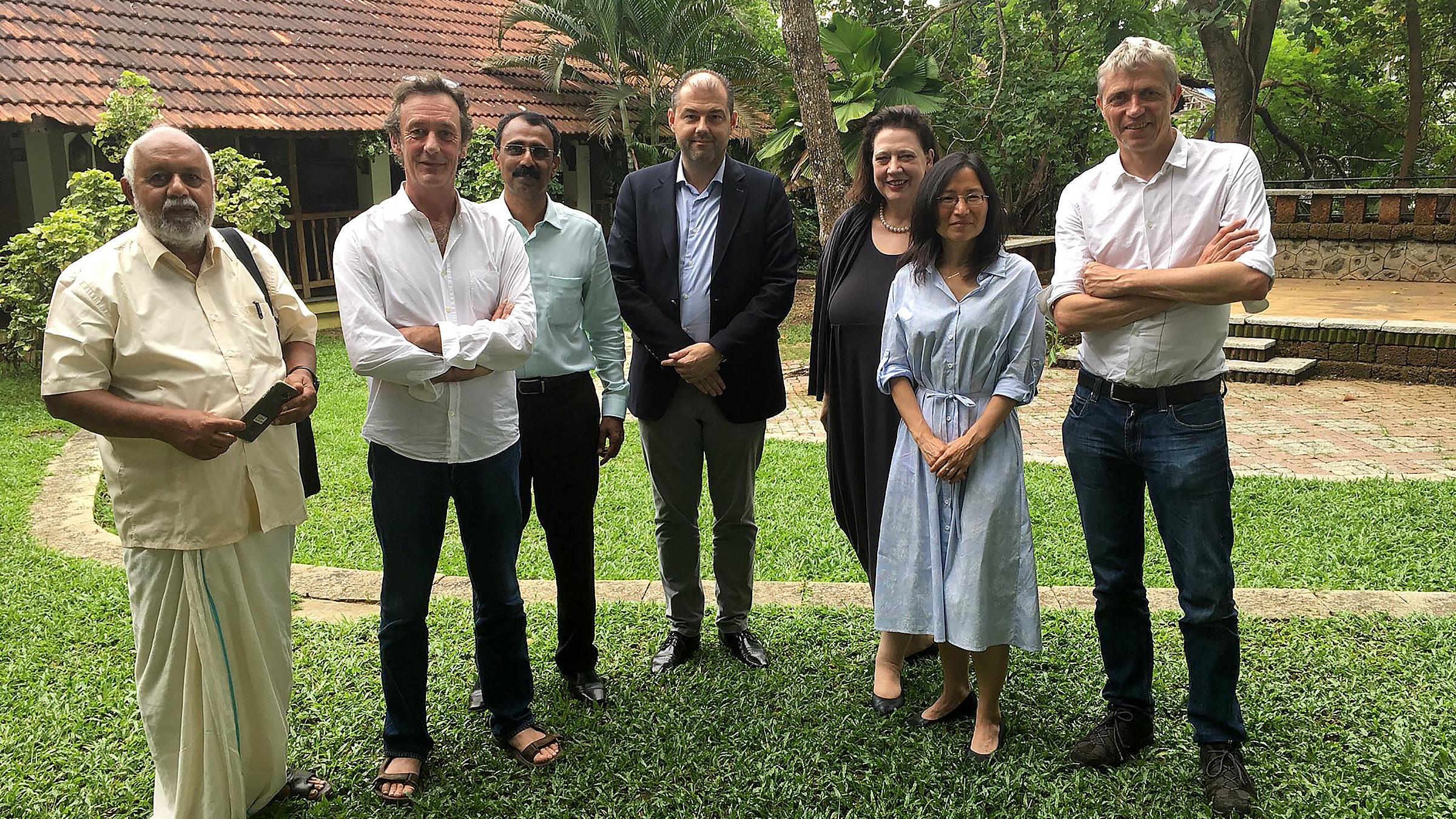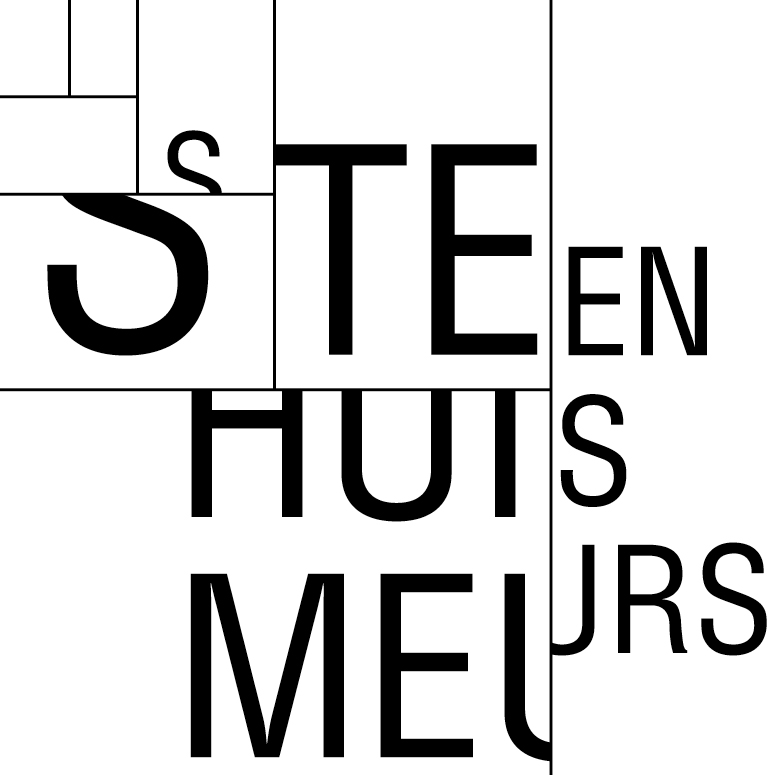


INTERNATIONAL
WHAT DOES STEENHUISMEURS DO?
Abroad, the way heritage is approached in the Netherlands is often regarded with amazement and admiration. The Dutch heritage policy may safely be called a successful export product. Consequently, our office is regularly invited by foreign governments, universities and civil society organisations to come and share our knowledge about it. We are very happy to take on this ambassador’s role. In collaboration with the Cultural Heritage Agency of the Netherlands and the Dutch Ministry of Foreign Affairs, we created an exhibition on adaptive reuse in the Netherlands. This exhibition was translated into English, Russian, Japanese and Portuguese, and was shown in a number of countries. Our activities with regard to UNESCO World Heritage sites are also cross-border, for example our contribution to the nomination file of the Colonies of Benevolence. This file includes attention for flanking spatial policy and support at national, provincial and municipal level, which has been shown in various countries.
DUTCH BRASILIAS
In November 2022, the ambassador André Driessen opened the exhibition about The Dutch Brasílias at the National University of Brasília (UNB), dedicated to the Zuiderzeepolders. Over 60 years ago, Brasilia became the capital of Brazil. Brasília is unlike any other city in the world. The Brazilian capital bears a unique quality in its monumental modern architecture, urban layout, Brazilian landscape and the vocation of national capital. For its exceptional trajectory and appearance, Brasília’s Plano Piloto became listed as World Heritage as early as 1986. The ideas behind the urbanism and architecture of Brasília have a universal dimension. The same ideas were the basis for urban extensions and the construction of New Towns and cities around the world.
In the large land reclamations of the Zuiderzee, the Dutch could realize their utopias without compromise just like Brasilia. The so-called Zuiderzeewerken shaped a New World on the old continent. The Dutch reclaimed the land and subsequently had to build up a complete society on the bottom of the (former) sea. There are similarities between the Dutch polders and Brasília (Plano Piloto and Cidades Satelites), but there are also striking differences. The youngest city in the polders, Almere, started as a dormitory town for nearby Amsterdam and now is one of the largest cities in the country. The central location and short distances made the New World of the Zuiderzeepolders complementary to the Old World of the Netherlands, in particular to the region around Amsterdam. And Almere Oosterwold, where inhabitants have total freedom, and responsibility, will remind Brazilians of the favelas, where the municipality is also completely absent when it comes to urban planning.
At the opening of the exhibition, UNB organised a colloquium, discussing how to deal with the inheritance and heritage of the pioneers of the Netherlands and Brazil.

HOW THE DUTCH DEAL WITH HERITAGE
The book we made on the subject of adaptive reuse (Reuse, redevelop and design, nai010 publishers) illustrates the Dutch approach to adaptive reuse on the basis of five essays and 20 sample projects. The book was published in 2016 and was reprinted in 2020 with three new cases. The characteristic feature is the creative manner in which all parties are brought together: this involves our quest for surprising combinations of functions, the financial creativity to realise projects deemed unfeasible, smart interventions and quality design. For heritage professionals as well as designers abroad, this Dutch experience is challenging and exciting. They have all kinds of questions, for example whether the heritage is preserved well, how it is possible for investors and the heritage sector to collaborate, or how as an architect one can find space for new designs that fit in well with the location. On behalf of the Cultural Heritage Agency and the Ministry of Foreign Affairs, the Dutch practical examples have been turned into an easy-to-reproduce exhibition on adaptive reuse in the Netherlands, which travels around in English, Japanese, Russian and Portuguese. The opening of the exhibition is regularly an occasion for giving lectures or organising workshops. In Moscow, on the initiative of the embassy, the exhibition was expanded with a documentary by Eva Radionova.

BRAZIL
Paul Meurs graduated in Delft on the subject of a Brazilian World Heritage site: the inner city of Salvador. Following this, with the aid of several grants from the Foundation for Visual Arts, Design and Architecture, Paul was able to conduct research for many years into Brazilian architecture, urban development and monument conservation. The results appeared in professional journals such as ‘De Architect’ and ‘Archis’. Together with platforms such as Nirov (Netherlands Institute for Housing and Planning), Paul organised study trips, exhibitions, documentaries and workshops. He took the initiative, for example, to travel to Sᾶo Paulo with Aldo and Hannie van Eyck in order to make a television documentary about Lina Bo Bardi. He also organised a workshop on the subject of the water in São Paulo (‘Rios Urbanos’), as part of the project Holanda Hoje, on the occasion of the state visit of Queen Beatrix to Brazil. Those involved with this project included MBBM / Paulo Mendes da Rocha, and Riek Bakker. These days, projects in Brazil focus on Shared Cultural Heritage (workshops on the subject of cultural landscapes in Recife, Pomerode and Brasília), adaptive reuse and guest lectures on Brazilian universities. Johanna van Doorn, too, graduated in Delft on the subject of a Brazilian World Heritage site: the historic city of Olinda, near Recife. On the occasion of the visit of the Dutch minister for Education, Culture and Science Jet Bussemaker to São Paulo in 2015, Marinke Steenhuis gave a major lecture on adaptive reuse. SteenhuisMeurs was approached by RCE and the embassy in Brasilia to create an exhibition on the makeable society of the Zuiderzee polders. Under the title ‘The Dutch Brasilias’, the development is followed of the ideal 1930s polder villages in the Wieringermeer up to the DIY communities of Oosterwold in Almere, which are currently under development.




INTERNATIONAL
WHAT DOES STEENHUISMEURS DO?
Abroad, the way heritage is approached in the Netherlands is often regarded with amazement and admiration. The Dutch heritage policy may safely be called a successful export product. Consequently, our office is regularly invited by foreign governments, universities and civil society organisations to come and share our knowledge about it. We are very happy to take on this ambassador’s role. In collaboration with the Cultural Heritage Agency of the Netherlands and the Dutch Ministry of Foreign Affairs, we created an exhibition on adaptive reuse in the Netherlands. This exhibition was translated into English, Russian, Japanese and Portuguese, and was shown in a number of countries. Our activities with regard to UNESCO World Heritage sites are also cross-border, for example our contribution to the nomination file of the Colonies of Benevolence. This file includes attention for flanking spatial policy and support at national, provincial and municipal level, which has been shown in various countries.
DUTCH BRASILIAS
In November 2022, the ambassador André Driessen opened the exhibition about The Dutch Brasílias at the National University of Brasília (UNB), dedicated to the Zuiderzeepolders. Over 60 years ago, Brasilia became the capital of Brazil. Brasília is unlike any other city in the world. The Brazilian capital bears a unique quality in its monumental modern architecture, urban layout, Brazilian landscape and the vocation of national capital. For its exceptional trajectory and appearance, Brasília’s Plano Piloto became listed as World Heritage as early as 1986. The ideas behind the urbanism and architecture of Brasília have a universal dimension. The same ideas were the basis for urban extensions and the construction of New Towns and cities around the world.
In the large land reclamations of the Zuiderzee, the Dutch could realize their utopias without compromise just like Brasilia. The so-called Zuiderzeewerken shaped a New World on the old continent. The Dutch reclaimed the land and subsequently had to build up a complete society on the bottom of the (former) sea. There are similarities between the Dutch polders and Brasília (Plano Piloto and Cidades Satelites), but there are also striking differences. The youngest city in the polders, Almere, started as a dormitory town for nearby Amsterdam and now is one of the largest cities in the country. The central location and short distances made the New World of the Zuiderzeepolders complementary to the Old World of the Netherlands, in particular to the region around Amsterdam. And Almere Oosterwold, where inhabitants have total freedom, and responsibility, will remind Brazilians of the favelas, where the municipality is also completely absent when it comes to urban planning.
At the opening of the exhibition, UNB organised a colloquium, discussing how to deal with the inheritance and heritage of the pioneers of the Netherlands and Brazil.

HOW THE DUTCH DEAL WITH HERITAGE
The book we made on the subject of adaptive reuse (Reuse, redevelop and design, nai010 publishers) illustrates the Dutch approach to adaptive reuse on the basis of five essays and 20 sample projects. The book was published in 2016 and was reprinted in 2020 with three new cases. The characteristic feature is the creative manner in which all parties are brought together: this involves our quest for surprising combinations of functions, the financial creativity to realise projects deemed unfeasible, smart interventions and quality design. For heritage professionals as well as designers abroad, this Dutch experience is challenging and exciting. They have all kinds of questions, for example whether the heritage is preserved well, how it is possible for investors and the heritage sector to collaborate, or how as an architect one can find space for new designs that fit in well with the location. On behalf of the Cultural Heritage Agency and the Ministry of Foreign Affairs, the Dutch practical examples have been turned into an easy-to-reproduce exhibition on adaptive reuse in the Netherlands, which travels around in English, Japanese, Russian and Portuguese. The opening of the exhibition is regularly an occasion for giving lectures or organising workshops. In Moscow, on the initiative of the embassy, the exhibition was expanded with a documentary by Eva Radionova.

BRAZIL
Paul Meurs graduated in Delft on the subject of a Brazilian World Heritage site: the inner city of Salvador. Following this, with the aid of several grants from the Foundation for Visual Arts, Design and Architecture, Paul was able to conduct research for many years into Brazilian architecture, urban development and monument conservation. The results appeared in professional journals such as ‘De Architect’ and ‘Archis’. Together with platforms such as Nirov (Netherlands Institute for Housing and Planning), Paul organised study trips, exhibitions, documentaries and workshops. He took the initiative, for example, to travel to Sᾶo Paulo with Aldo and Hannie van Eyck in order to make a television documentary about Lina Bo Bardi. He also organised a workshop on the subject of the water in São Paulo (‘Rios Urbanos’), as part of the project Holanda Hoje, on the occasion of the state visit of Queen Beatrix to Brazil. Those involved with this project included MBBM / Paulo Mendes da Rocha, and Riek Bakker. These days, projects in Brazil focus on Shared Cultural Heritage (workshops on the subject of cultural landscapes in Recife, Pomerode and Brasília), adaptive reuse and guest lectures on Brazilian universities. Johanna van Doorn, too, graduated in Delft on the subject of a Brazilian World Heritage site: the historic city of Olinda, near Recife. On the occasion of the visit of the Dutch minister for Education, Culture and Science Jet Bussemaker to São Paulo in 2015, Marinke Steenhuis gave a major lecture on adaptive reuse. SteenhuisMeurs was approached by RCE and the embassy in Brasilia to create an exhibition on the makeable society of the Zuiderzee polders. Under the title ‘The Dutch Brasilias’, the development is followed of the ideal 1930s polder villages in the Wieringermeer up to the DIY communities of Oosterwold in Almere, which are currently under development.


